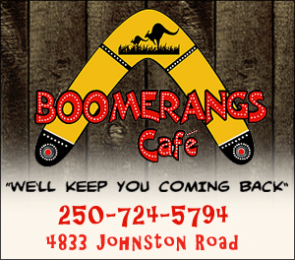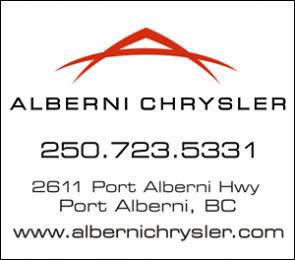Using proper caution at railway crossings is something that all drivers must remember, because the train will not stop for you. It is easy to forget if you use a crossing regularly but don't often meet a train. The following information may help you avoid "running into" a train.
Where do you stop? Your vehicle must be stopped within 15 metres, and no less than 5 metres from the nearest rail.
When do you stop? You must stop if an electrical or mechanical signal, or a flagman is giving warning. You must also stop if a crossing gate is being lowered, or if a train is within 500 metres, or is travelling at such a
speed that it is an immediate hazard. Of course, you must obey a stop sign posted at the crossing.
It is an offence to pass a barrier at a railway crossing when it is closed, or if it is being closed or opened. It is also an offence to approach a railway crossing without using caution.
Drivers of vehicles carrying poisons, explosives or flammables, and drivers of buses or school buses carrying passengers must stop at all uncontrolled railway crossings, even if a train is not approaching. The
driver must look both ways and listen for an approaching train. If it is safe to proceed, the driver must cross the tracks without shifting gears, and must not stop over the tracks.
Finally, beware of crossings where there is more than one set of tracks. If a train appears to be stopped at the crossing remember it could be waiting for another train to pass on the other set of tracks. If you drive
across the tracks without checking the second crossing you could be struck by the other train.
Reference Link: http://www.drivesmartbc.ca/intersections/railway-crossing-etiquette
Railway Crossing Etiquette
Submitted by Tim Schewe on April 21, 2009.






